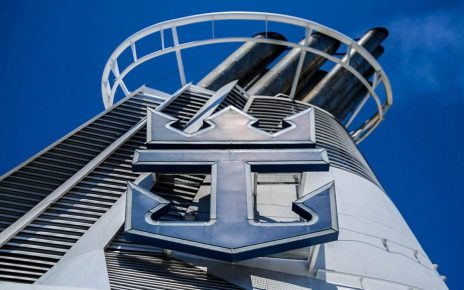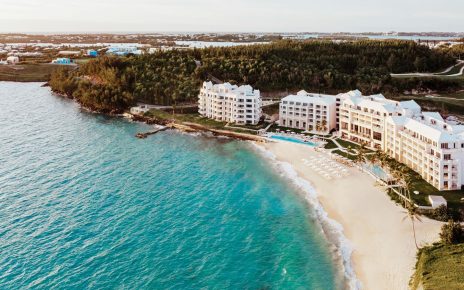The Galapagos Islands, discovered by chance on March 10, 1535 by Bishop Fray Tomás de Berlanga on a trip from Panama to Peru, just celebrated its 486th anniversary amid great challenges of preservation and economic revival as it transitions into a post-pandemic scenario.
Four currents converge on the Galapagos Islands, which gives them unique features and allows the survival of species of flora and fauna of diverse origins. The abundant biodiversity is in danger from the swarm of international fishing fleets that prowl the protective area every year, extending over 133,000 square kilometers.
The Expansion of the Marine Reserve
The main objection has been over the national tuna fleet on the industrial one based in Manta, which fears bankruptcy if the size of the reserve is doubled, a narrative that was supported at the time by authorities of the National Government.
Walter Bustos, former director of the Galapagos National Park, explained that a social agreement must be reached on the issue. “The reserve needs to be expanded because the fleet of national boats has grown seven times in the last 20 years, and mechanisms such as satellite fishing did not exist. It is an issue that the next administration must deal with,” said Bustos.
The expansion “will increase the amount of fish” even for industrial fishing, in the new limits of the reserve, and the “first beneficiaries will be the artisanal fishermen of the islands,” argued the expert in environmental management and development.
Quicker Vaccination Campaigns on the Islands
The Galapagos might become the first province in the country to be completely immunized, and the first tourist destination free of COVID-19. The government of Ecuador reported that this week the island will receive 5,000 doses of vaccines and will be the first province to complete phase one of vaccination.
Norman Wray, president of the Galapagos Governing Council, reported that doses for vulnerable groups are scheduled to reach the islands soon.” The vaccines will be administered to elderly people, firefighters, health personnel, waste collectors, prosecutors, judiciary officers and strategic sectors within 48 hours,” he explained. The vaccination points and the logistics are already in place to allow coverage in San Cristóbal, Santa Cruz, Isabela, and Floreana.
The current goal is for Galapagos to be able to finish mass vaccination campaigns before May 15. The estimated population of the islands is 33,042 inhabitants.
The revival of a Highly Tourism-dependent Economy
In recent weeks, international visitors are returning to the streets of cities like Santa Cruz, which is seen as a good sign for tourism, the industry on which more than 80% of the economy of the Galapagos depends.
The reactivation is linked to the acceleration of the vaccination process, since an immunized province will give greater confidence to international tourism, which in turn can attract tourists even to Guayaquil and Quito, says Andrés Ordóñez, executive director of the Galapagos Chamber of Tourism.
As of now, in terms of visits, the industry is performing at 20% of its level before the pandemic. “The influx of tourists has been consistent in recent months, but it is still limited. In 2019, we welcomed an average of 20,000 to 25,000 passengers per month; and since the end of last year, we are seeing between 4,000 and 5,000 per month,” pointed Ordóñez.





